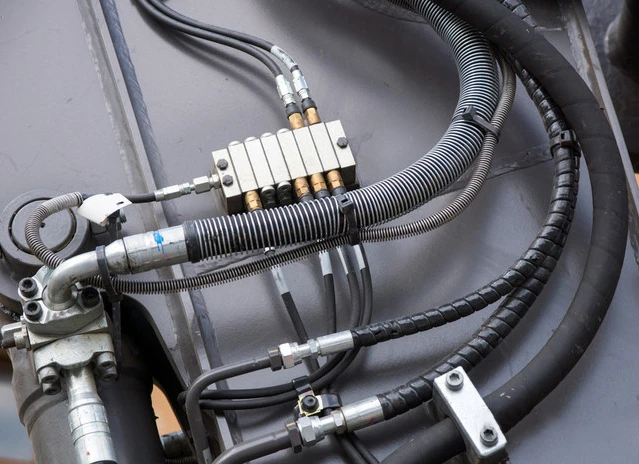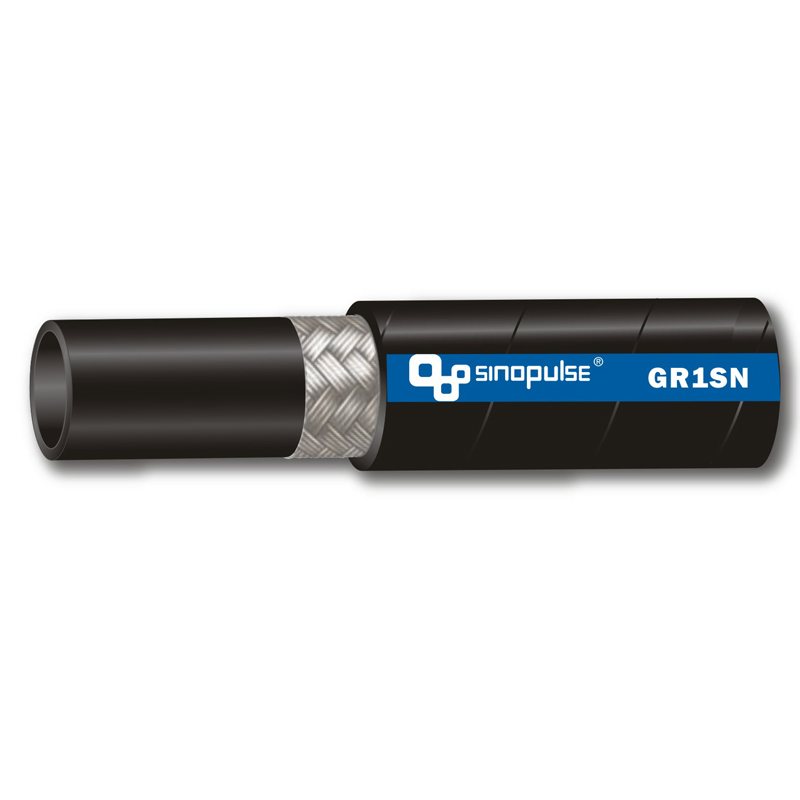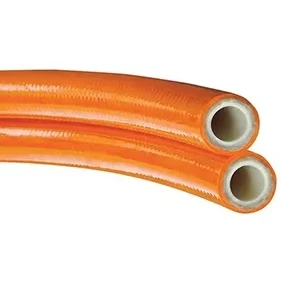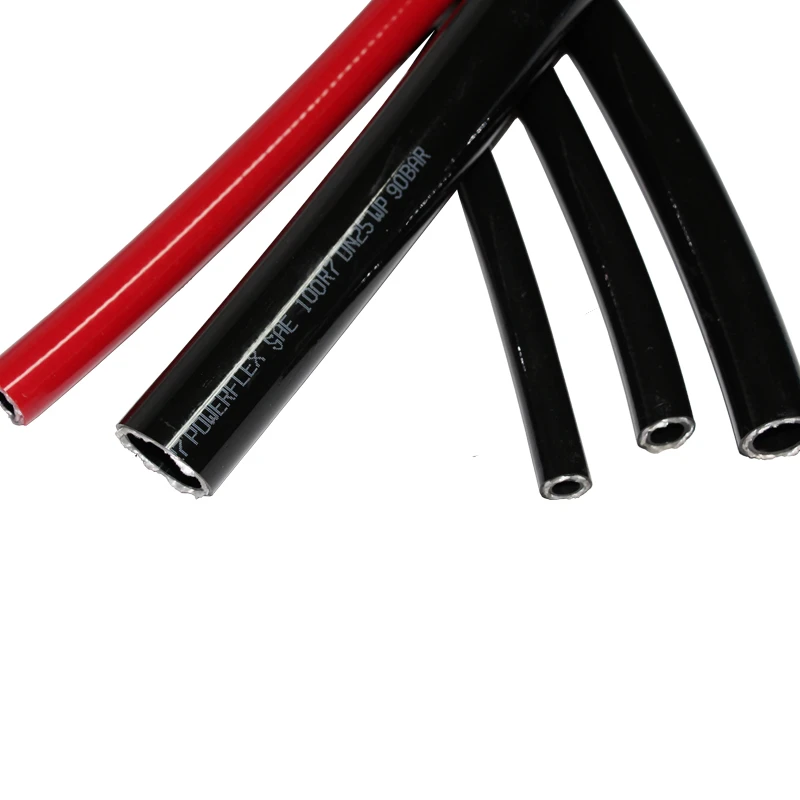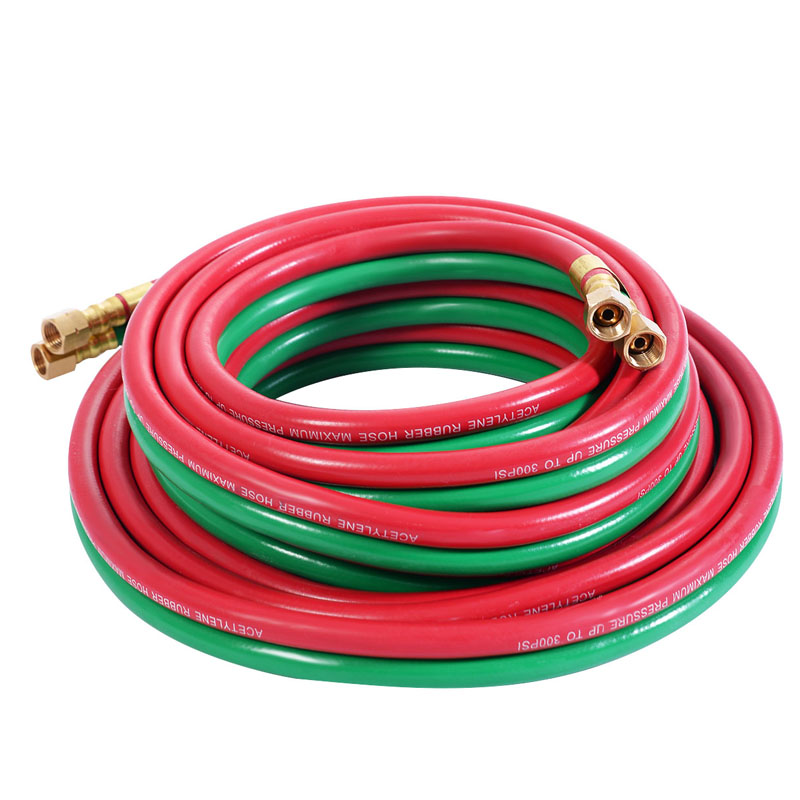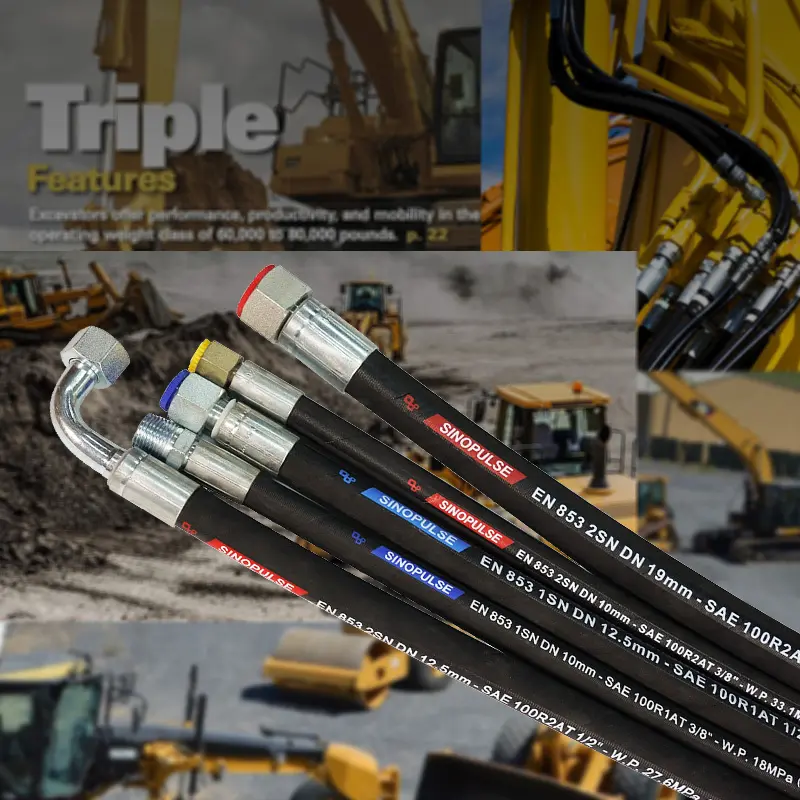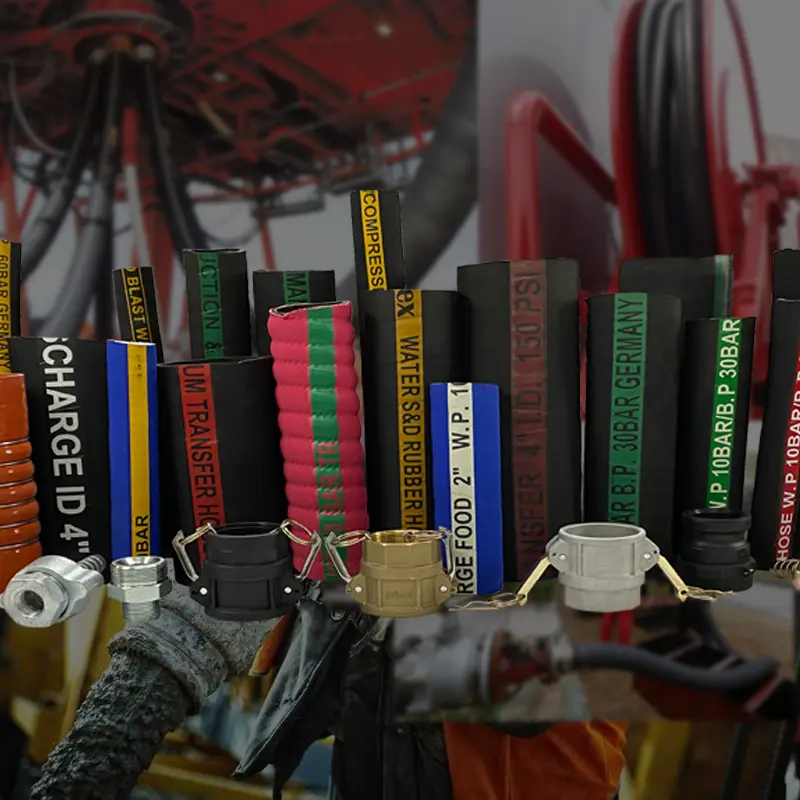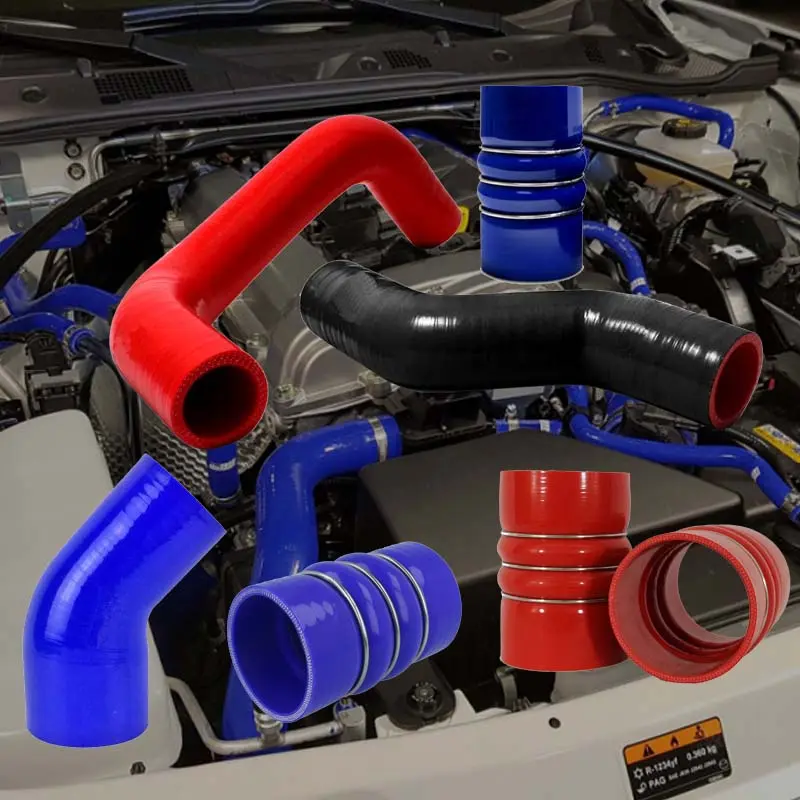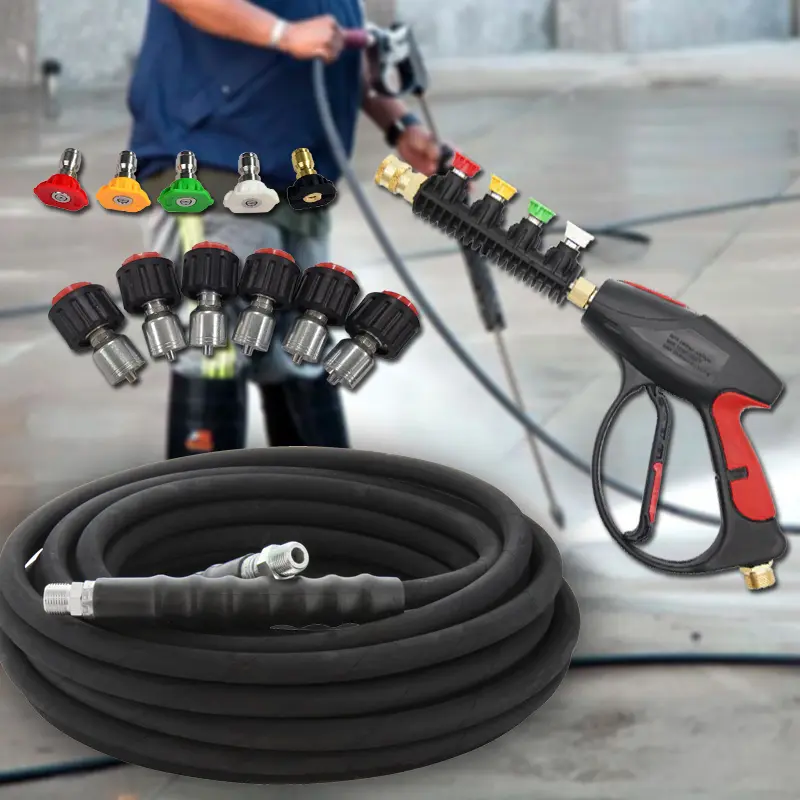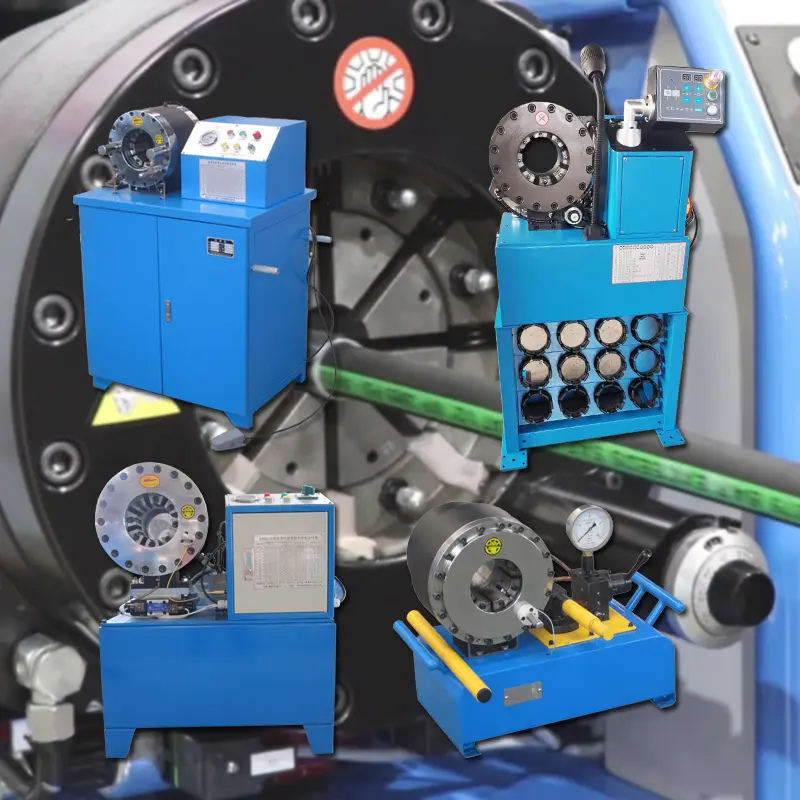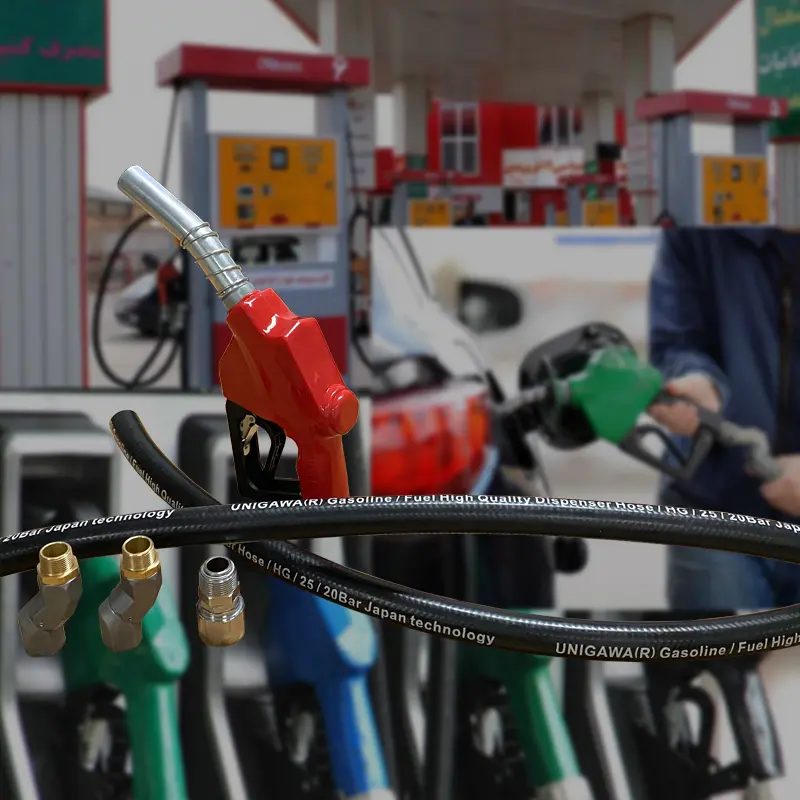In today’s fast-paced industrial world, the need for efficient fluid and material transfer systems is paramount. At the core of these systems lies the rubber delivery hose, a vital component in industries ranging from construction and mining to petroleum and manufacturing. As businesses seek robust, adaptable, and cost-effective solutions, understanding the landscape of rubber delivery hose technologies, trending air hose types, key technical parameters, and premium products such as the Material Delivery Rubber Hose 300 PSI becomes essential for successful operations and investments.
This comprehensive guide, authored by industry specialists at HEBEI SINOPULSE TECH GROUP CO., LTD. (Official Website), explores pivotal industry trends, product innovations, application scenarios, and technical benchmarks anchored by updated data and references from authoritative industry sources.
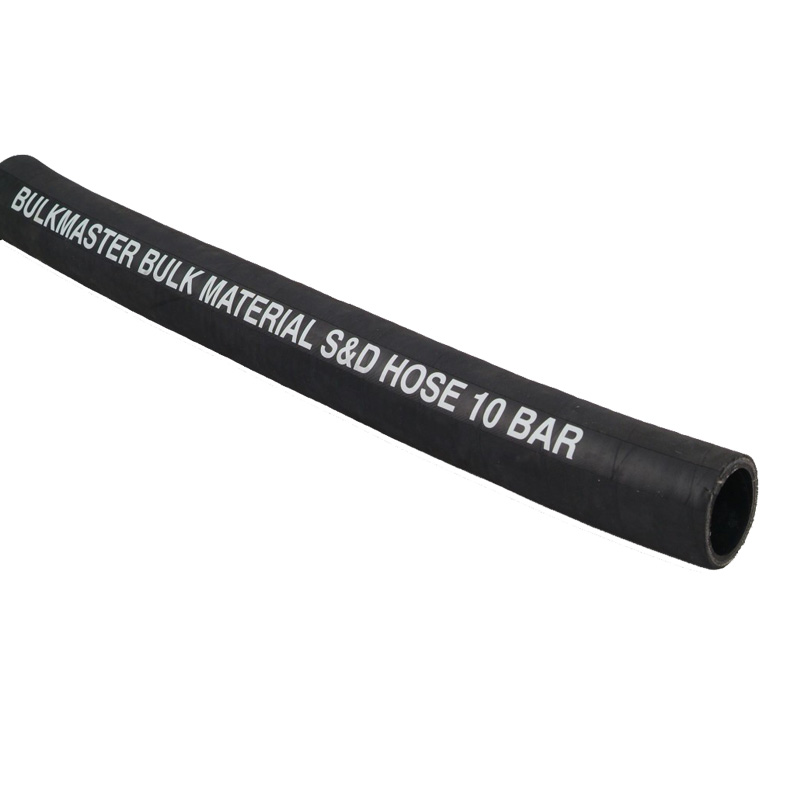
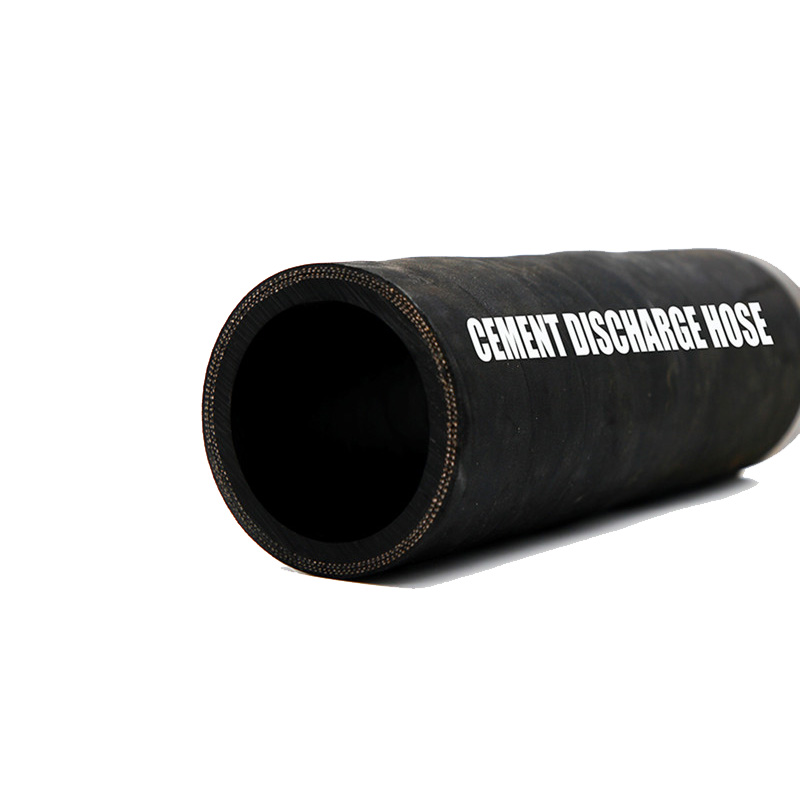

Website: https://www.hydraulichoseplus.com
Email: carrie@sinopulse.cn
Phone: 0086-0311-80803769
Address: South Of Xingfu Road, Feixiang Industrial Zone, Handan City, Hebei, China
Short Description: Construction: Surface: Smooth & textile surface; Tube: NR & SBR synthetic rubber, black; Reinforcement: High tensile textile cord/with helix steel wire; Cover: Smooth/corrugated abrasion-resistant NR.
Product Link: https://www.hydraulichoseplus.com/material-delivery-rubber-hose-300-psi.html
1. Market Trends in Rubber Delivery Hose & Air Hose Technologies
The global rubber delivery hose market continues its steady expansion, driven by rising demands in construction, mining, manufacturing, food, pharmaceuticals, agriculture, and automotive sectors. The increasing adoption of advanced air hose and rubber delivery hose types is propelled by:
- • Innovations in synthetic rubbers (SBR, NBR, EPDM) and reinforcement techniques, delivering higher flexibility and durability (Hose Magazine).
- • Stricter industry compliance and safety standards, encouraging premium hoses with anti-static, abrasion, and weather resistance.
- • The need for cost-effective replacements of metallic pipes and rigid conduits, especially for bulk materials and high-pressure compressed air.
- • Digitalization and IoT integration for predictive maintenance and performance tracking.
According to MarketsandMarkets, the rubber hose market is projected to grow at a CAGR exceeding 3.7% through 2027, fueled by construction, mining, and petrochemical demands.
2. Key Technical Parameters: Rubber Delivery Hose Comparison Table
The following table outlines pivotal parameters for commonly specified rubber delivery hose models, based on aggregated industry data and technical datasheets:
| Model | Inner Diameter (mm) | Working Pressure (PSI) | Reinforcement | Temperature Range (°C) | Applicable Media | Standard |
|---|---|---|---|---|---|---|
| Material Delivery Hose 300 PSI | 25-152 | 300 | Textile Cord, Helix Steel Wire | -35 to +80 | Cement, Sand, Grain, Air | EN ISO 3861 |
| Compressed Air Hose | 13-51 | 150-300 | High Tensile Yarn | -25 to +70 | Air, Water, Inert Gas | EN ISO 2398 |
| Chemical Delivery Hose | 19-102 | 150 | Textile & Wire | -40 to +100 | Chemicals, Acids | EN 12115 |
| Food Grade Rubber Hose | 12-76 | 100-250 | Textile Cord | -30 to +90 | Food, Beverages, Water | FDA, EN 1935 |
3. ECharts Data Visualization: Technical Parameter Trends
4. Product Spotlight: Material Delivery Rubber Hose 300 PSI Key Specifications
The Material Delivery Rubber Hose 300 PSI stands out as a premium solution for high-volume, high-pressure material and air conveyance. Trusted in bulk cement, sand, aggregate, and dry material handling, its robust construction ensures longevity, safety, and superior performance.
Main Technical Indicators:
| Property | Value | Industrial Significance |
|---|---|---|
| Surface | Smooth or textile-abrasion surface | Reduces drag, enhances flexibility |
| Tube Material | NR & SBR Synthetic Rubber, Black | Chemical/abrasion resistance |
| Reinforcement | High Tensile Textile Cord, Helix Steel Wire (optional) | Pressure stability, kink resistance |
| Operating Pressure | 300 PSI (21 bar) | Supports high-speed, large-volume transfer |
| Burst Pressure | ≥900 PSI (63 bar) | Safety margin for critical tasks |
| Temperature Range | -35°C to +80°C | Wide environ compatibility |
| Certifications | ISO 3861, RoHS, EN Compliance | Meets international standards |
Technical Index Comparison | Visualization
5. Application Scenarios for Rubber Delivery Hose & Air Hose Types
Modern industrial and civil engineering projects rely heavily on trusted rubber delivery hose configurations. Here’s how different air hose types and delivery hoses serve real-world needs:
- Cement, Sand & Aggregate Delivery: Bulk transfer during construction, ready-mix batching, concrete pumps.
- Compressed Air Systems: Pneumatic machines, air compressors, jackhammers, and auto repair.
- Material & Grain Transfer: Fertilizer, sugar, grain, animal feed plants, and storage silos.
- Mining & Quarrying: Slurry, grit, and abrasive transfer under harsh environments.
- Marine & Shipyards: Water, air, oil, or hydrocarbon handling during repairs or onboard duties.
- Food & Pharma: Sanitary transfer, cleaning, processing, and filling lines with FDA/EN-compliant hoses.
Choosing the right air hose types ensures optimal safety, flow efficiency, and longevity of both equipment and product integrity. For specific selection, always consult with certified manufacturers or refer to standards (see NAA Hoses Air Hose Types).
6. Expertise FAQ: Professional Rubber Delivery Hose & Air Hose Insights
- 1. What is the primary material composition for a premium rubber delivery hose?
- Top-grade delivery hoses typically use a blend of NR (Natural Rubber), SBR (Styrene-Butadiene Rubber), and/or NBR (Nitrile Rubber). These ensure abrasion, chemical, and temperature resistance, meeting stringent industrial requirements (Hose & Coupling World).
- 2. How do reinforcement types affect air hose or delivery hose performance?
- Common reinforcement types include high tensile textile cord, steel wire helix, or combinations. Textile cords offer flexibility and burst resistance, while steel wire adds crush and kink resistance—vital for heavy-duty or suction/discharge uses.
- 3. What international standards certify air hose types and delivery hoses?
- Standards include EN ISO 3861 (rubber hose for abrasive delivery), EN ISO 2398 (compressed air hose), EN 12115 (chemical hose), and FDA/EN 1935 for food-grade hoses.
- 4. What are typical sizes and working pressures?
- Sizes range from 12mm up to 200mm+ inner diameter, with standard working pressures from 100 up to 500 PSI. The Material Delivery Rubber Hose 300 PSI offers a working pressure of 300 PSI and burst ratings above 900 PSI, covering most heavy-duty needs.
- 5. What are the best installation practices?
- Follow manufacturer guidelines: use correct end fittings, avoid excessive bending radius, secure clamps, and check for compatibility with transferred media and environmental exposure.
- 6. How often should rubber delivery hose be inspected or replaced?
- Regular inspection is recommended every 1–3 months, with more frequent checks in harsh or high-pressure environments. Replacement should occur at signs of cracking, swelling, external wear, or after 1–3 years of heavy service (see NAA Hoses: Inspection Guide).
- 7. What industries benefit most from advanced air hose types?
- Construction, mining, marine, automotive repair, agriculture, and food processing are among sectors requiring advanced air hoses with tailored features: kink resistance, oil/ozone resistance, anti-static, and food safety.
7. EEAT: Authoritative Guidance for Rubber Delivery Hose Selection
Relying on deep technical expertise and ongoing collaboration with international standards organizations, HEBEI SINOPULSE TECH GROUP CO., LTD. ensures every rubber delivery hose supplied adheres to the latest industrial best practices and safety norms. Continuous R&D, laboratory testing, and field feedback are applied to every product iteration.
For detailed selection support and global supply, contact our expert team at carrie@sinopulse.cn or visit our homepage.
Conclusion: Innovation Drives the Future of Rubber Delivery Hose
The world of rubber delivery hose and air hose types is both established and rapidly innovating. Industry transitions—toward lighter, safer, smarter hose systems—are reinforced by advances in materials science, digital monitoring, and application-specific engineering. Choosing a trustworthy partner, like HEBEI SINOPULSE TECH GROUP CO., LTD., ensures ongoing operational efficiency and safety.
Product Application









